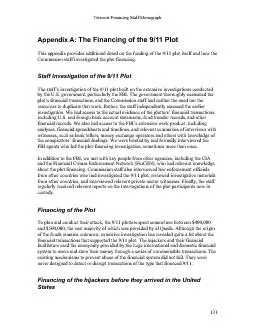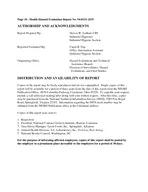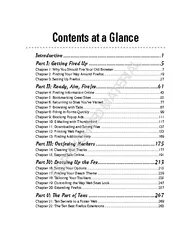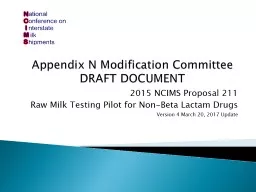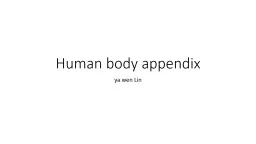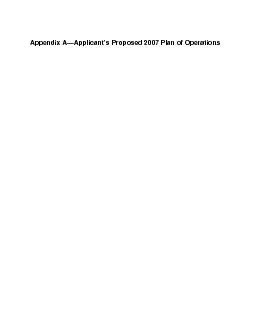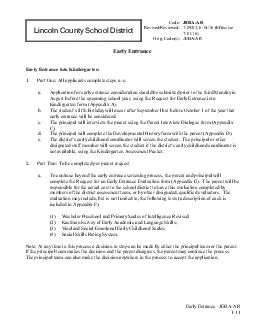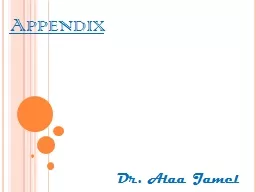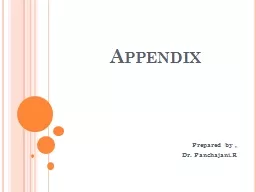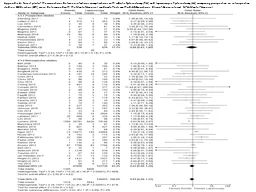PDF-The Financing of the 9/11 Plot This appendix provides additional detai
Author : myesha-ticknor | Published Date : 2017-01-05
existed independently of the plot The marginal cost of training the hijackers is a plot cost but any estimate of it would be little more than a guess The best available
Presentation Embed Code
Download Presentation
Download Presentation The PPT/PDF document "The Financing of the 9/11 Plot This appe..." is the property of its rightful owner. Permission is granted to download and print the materials on this website for personal, non-commercial use only, and to display it on your personal computer provided you do not modify the materials and that you retain all copyright notices contained in the materials. By downloading content from our website, you accept the terms of this agreement.
The Financing of the 9/11 Plot This appendix provides additional detai: Transcript
Download Rules Of Document
"The Financing of the 9/11 Plot This appendix provides additional detai"The content belongs to its owner. You may download and print it for personal use, without modification, and keep all copyright notices. By downloading, you agree to these terms.
Related Documents

